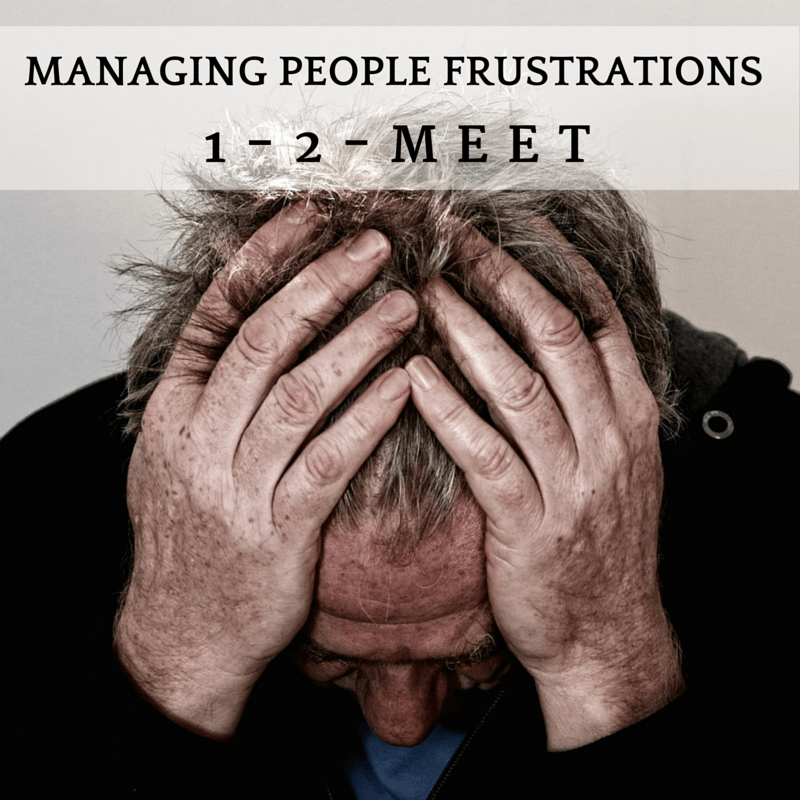
I spend most of my day doing two things – story-telling and advising. I’ll leave story-telling, or “Death by PowerPoint,” for another day.
While much of the advising I do ends up involving story-telling, what has fascinated me recently is how similar the requests for advice are…regardless of who is making them.
While we all have plenty to do, and normally not enough time or resources to get it done, job-based concerns tend to be the most straight-forward. What is not as straight-forward are people-based concerns, which may require assistance to resolve.
When I am approached for advice, people-based challenges tend to be the most common, highlighting frustrations of one kind or another. The good news is, the challenges have common themes: communication and compassion.
Communication challenges can point to method or message. Are we using the right medium? Are we considering how our message may be received? While there is no tone in email, is there implied tone due to how the message has been framed?
Compassion, on the other-hand, is appreciating the position or circumstance of the other person. When communication and compassion challenges are both present, frustrations run high on both sides, standing in the way of getting our jobs done and eroding relationships.
There are three key pieces of advice that I tend to fall back on whenever I hear the words “I frustrated with <insert name/team here>.” The first, and focus of this week, is all about that pesky thing called email.
1-2-Meet
Email is the communications tool of choice in most organizations. Over time, all of us have had one or more of our emails ignored. Sometimes, even a follow-up note doesn’t do the trick. Heck, I have no doubt a few folks have tried to engage me via email to no avail.
While it’s easy to think that the other person is ignoring us, compassion forces us to consider there may be other reasons for the lack of response. [Tweet “Lead with compassion – making time for consideration before reaction.”]
We are often bombarded by email, attempting to balance timely response and/or action with deadlines, deliverables and endless meetings. As a result, the items at the top of our list may end up getting more attention than something we scanned during a busy time and promptly forgot about.
Rather than assume our messages are being ignored, start from the premise that everyone is busy. Consider, before sending the first email, do we need a response to move forward?
Assuming we need a response, and email is the most appropriate medium (vs a meeting or other face-to-face discussion), use the 1-2-Meet approach for those communications that are most important.
1. First Email
Send the first email, ensuring it is clear what type of communication this represents (action required, update, FYI, etc). Important messages, such as those requiring an action, should be crisp, clear and stand alone (do not embed a critical message in an update). Actions needed and any specific deadlines should stand out, such as bolding a due date.
Appropriately framing our first message, with clear expectations of any needed response and timeframe, increases the likelihood we will receive the response we require.
2. Second Email
If the original email requires an action or response, and it is not received, send a second email. This will get it back to the top of the email queue, in case the original note was scanned and forgotten during a busy time.
Sending a note at the end of a day or week helps get an email to the top of the queue. Whether the individual checks email in the evenings/weekends, or waits until the following work day, the email will be one of the first received.
Remember to give the person the benefit of the doubt that the message was lost in a sea of activity, not ignored. This will help guide the tone of the follow-up.
3. Meeting
If two emails do not receive a response, it’s time for a meeting. Schedule a short meeting (15-30 minutes) on the person’s calendar, referencing the email. Offer the ability to meet with a delegate or at a different time that is more convenient.
A meeting forces the individual to attend to the action that has been requested, whether it’s direction, resources, etc. To avoid the meeting, they can respond to the earlier note(s). If what the person really needs is time to focus on the request, then attending the meeting addresses that need.
One thing to avoid is sending endless emails, expecting an eventual response. Frustration will go up on both sides. By sending two, before scheduling a meeting, the individual is offered the benefit of the doubt that the first message was lost in the shuffle, with its importance highlighted with the meeting request.
If the same individual consistency requires the 1-2-Meet approach, then bypass the emails and schedule a meeting the first time. We have so many ways to communicate, and not all of them are appropriate for every purpose and every person. It’s important to use the method that works best in each situation.
What are your thoughts on the 1-2-Meet approach? Do you use a different method? I would love for you to share your experience in the comments and keep the conversation going.








2 Responses